The Shift to HDR-Capable LED Displays in Sports
HDR-capable LED video boards continue to grow in popularity in sports venues. HDR isn’t about more pixels, it’s about better pixels!
Steve Schreiber on 1/7/2020
Categories: Pro Sports and Colleges
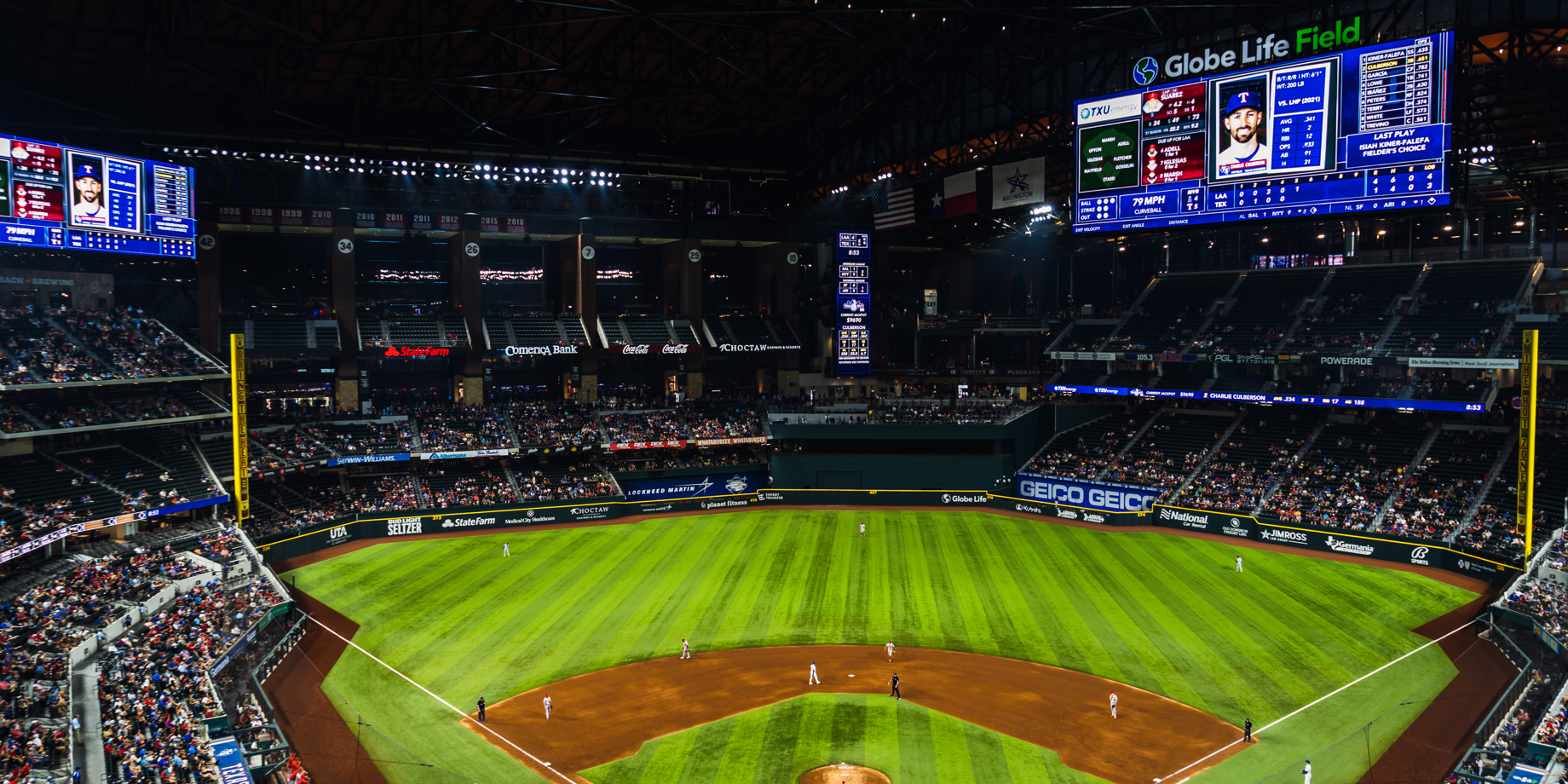
As technology continues to advance, one breakthrough in the LED video board world has been the shift to HDR (High-Dynamic Range) capable displays in sports venues. HDR imaging is the production, transfer and display of content containing a much wider range of color and contrast than historically available. Its purpose is to enhance the viewing experience by delivering imagery that better compliments the impressive capabilities of the human visual system.
There are many important features to consider, especially when looking to make the jump to HDR. HDR enhances the fan viewing experience by delivering more detailed imagery by packing more color and luminance data into the video files or feed. This creates richer colors, crisper detail and clearer visual quality overall. HDR can benefit a display of any resolution, but there are also many requirements for HDR-capable systems.
LED Requirements for HDR:
- LEDs: Not all LEDs are created equal. You need LEDs that are capable of reproducing the HDR color space.
- MODULE: The darker the module, the better the contrast. If you don’t have good contrast you will lose half the benefit of HDR.
- DISPLAY: The display needs to be designed for HDR, in that it needs sufficient components to accommodate the signal flow.
- PROCESSING: Video processing requires LED color space conversion.
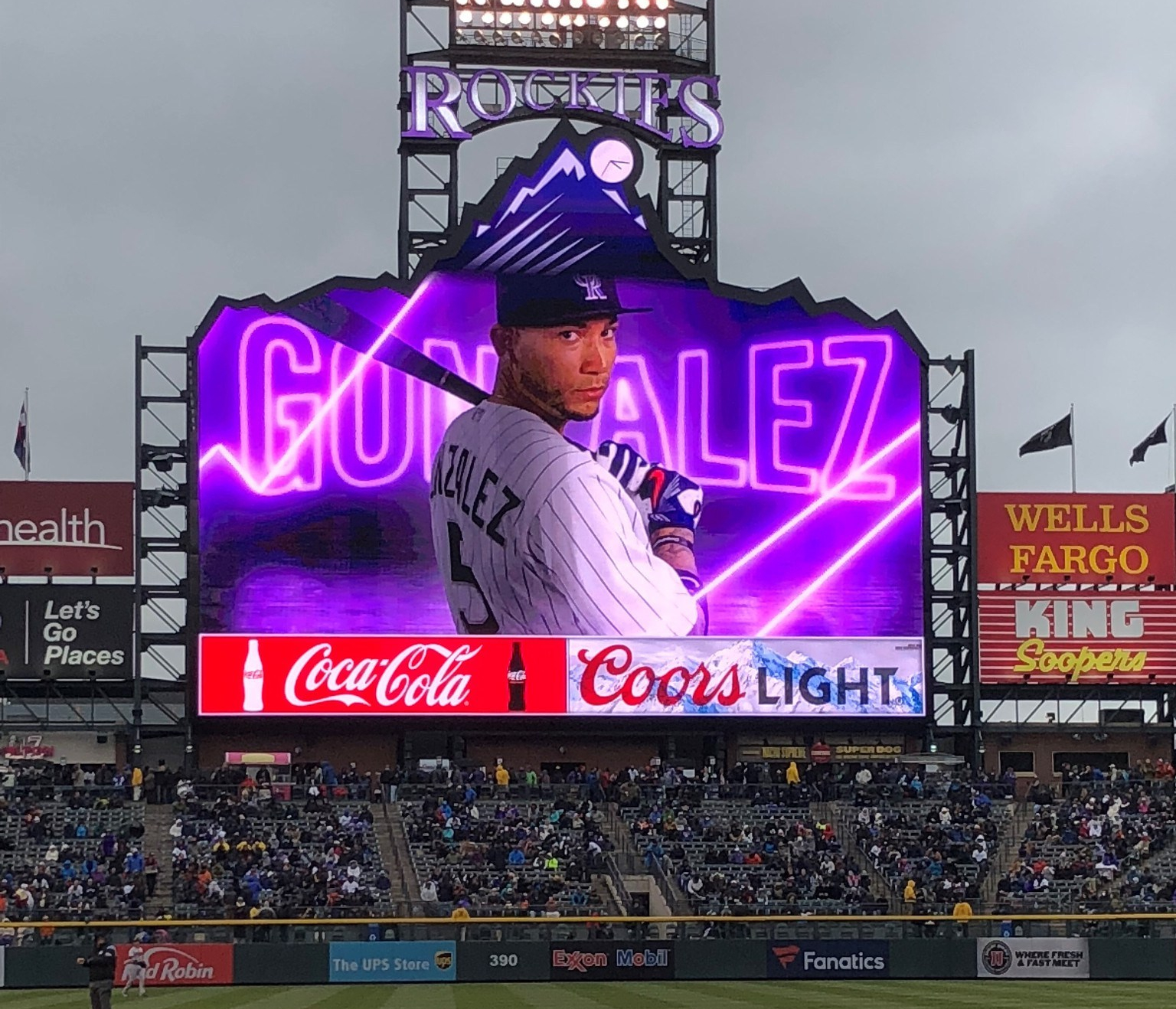
In 2018, the Colorado Rockies blazed the HDR trail as they were the first major league team to install an HDR-capable display with their mountain-shaped video board at Coors Field.
Daktronics has been a great partner in the design and advanced technology, and we’re excited to present it to Rockies fans.
– Greg Feasel, Rockies Executive Vice President/Chief Operating Officer

In 2019, the Kansas City Chiefs were the first in football to do so, and PNC Arena, home to the Carolina Hurricanes of the NHL and North Carolina State University men’s basketball, was the first to install an HDR-capable centerhung display in an arena.

The HDR trend isn’t just the main video displays, but many sports venues are adding HDR capability to every display within the venue from ribbons boards to concourse applications to exterior displays.
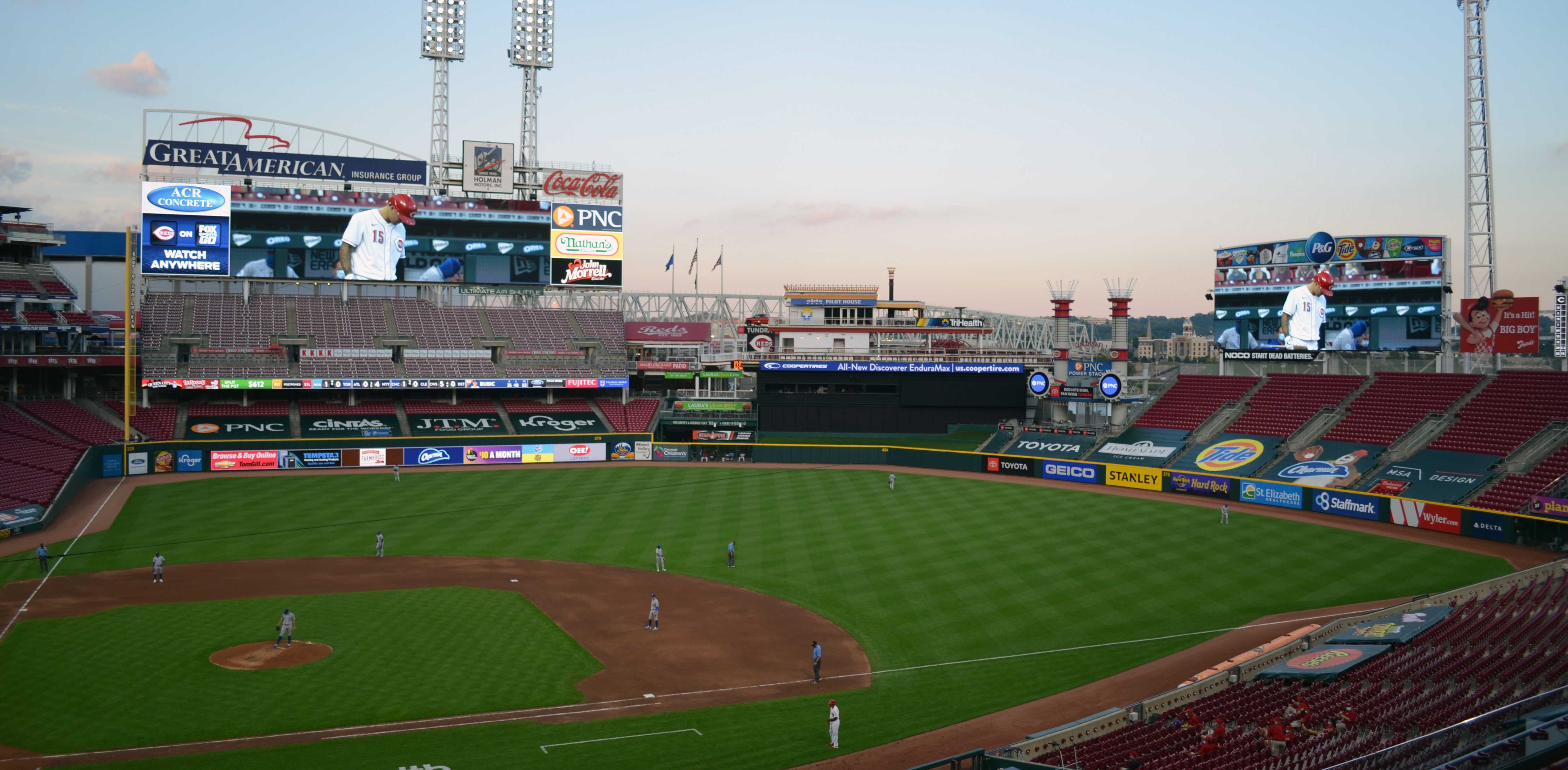
For the 2020 MLB season, the Cincinnati Reds Great American Ball Park became the first Major League Baseball venue to have all of its LED displays in HDR format. A total of 12 LED displays with nearly 17,000 square feet of digital space throughout the ballpark create the fully-integrated HDR system to provide better image quality to video and digital content for the Reds.
This is the first system where every display in the building, including the ribbon boards, will be HDR. So that gives them the ability to run everything under one color standard and have the incredible look that people are used to seeing. With the HDR format, Reds fans attending games can expect to see video presentations that are comparable to high-definition television displays they might have in their homes.
– Daryl Mihal, Daktronics Regional Sales Manager
The Texas Rangers new home, Globe Life Field, also opened in 2020 with over 18,000 square feet of LED. All but one display at the new ballpark is HDR-capable to bring better image quality to the content shown.

UBS Arena, the new home to the New York Islanders of the NHL, also features a fully integrated HDR system of LED displays in-bowl, around the concourses and exterior.
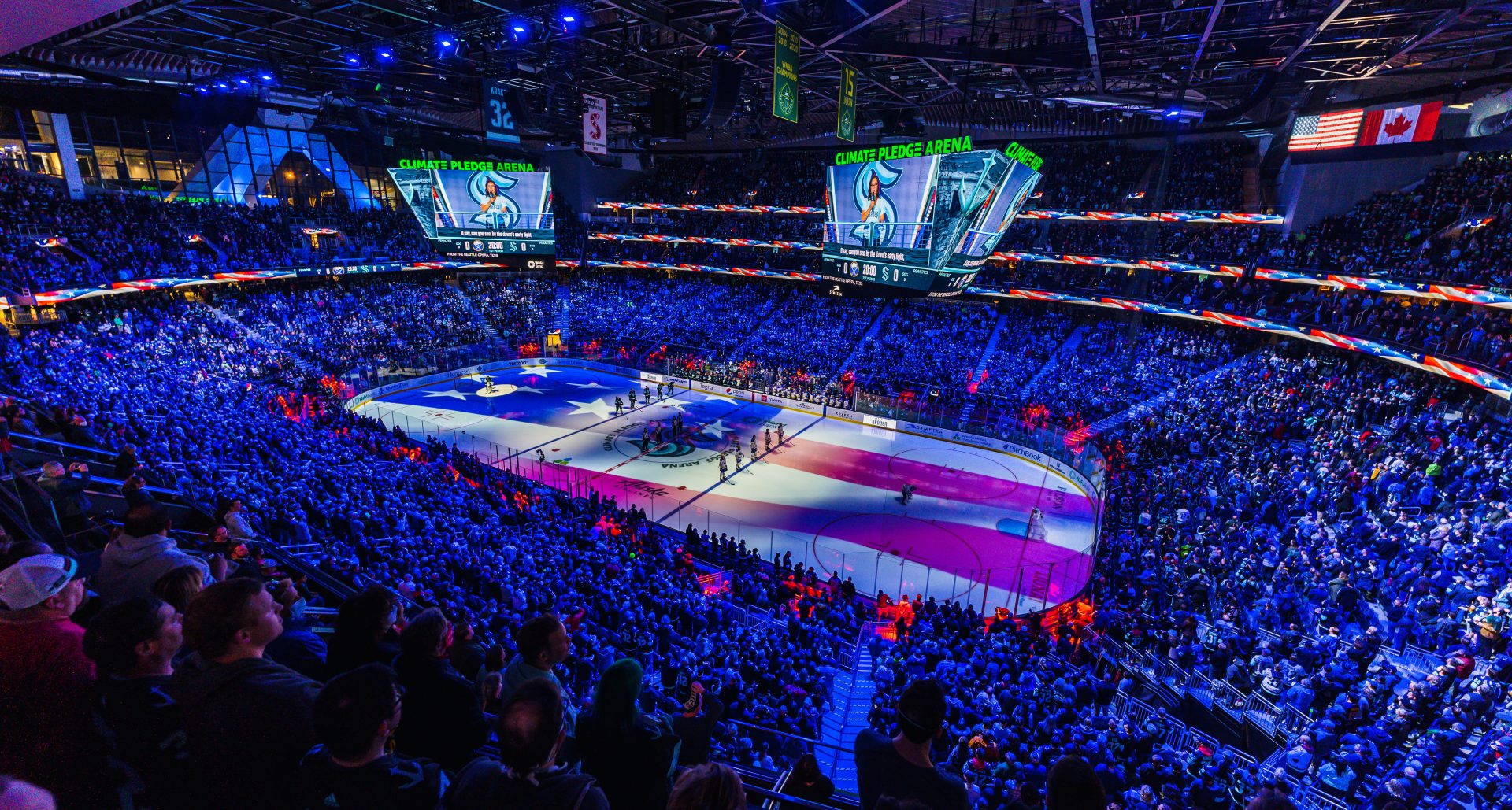
At Climate Pledge Arena, every LED display in-bowl including the unique dual hanging displays are HDR-capable.
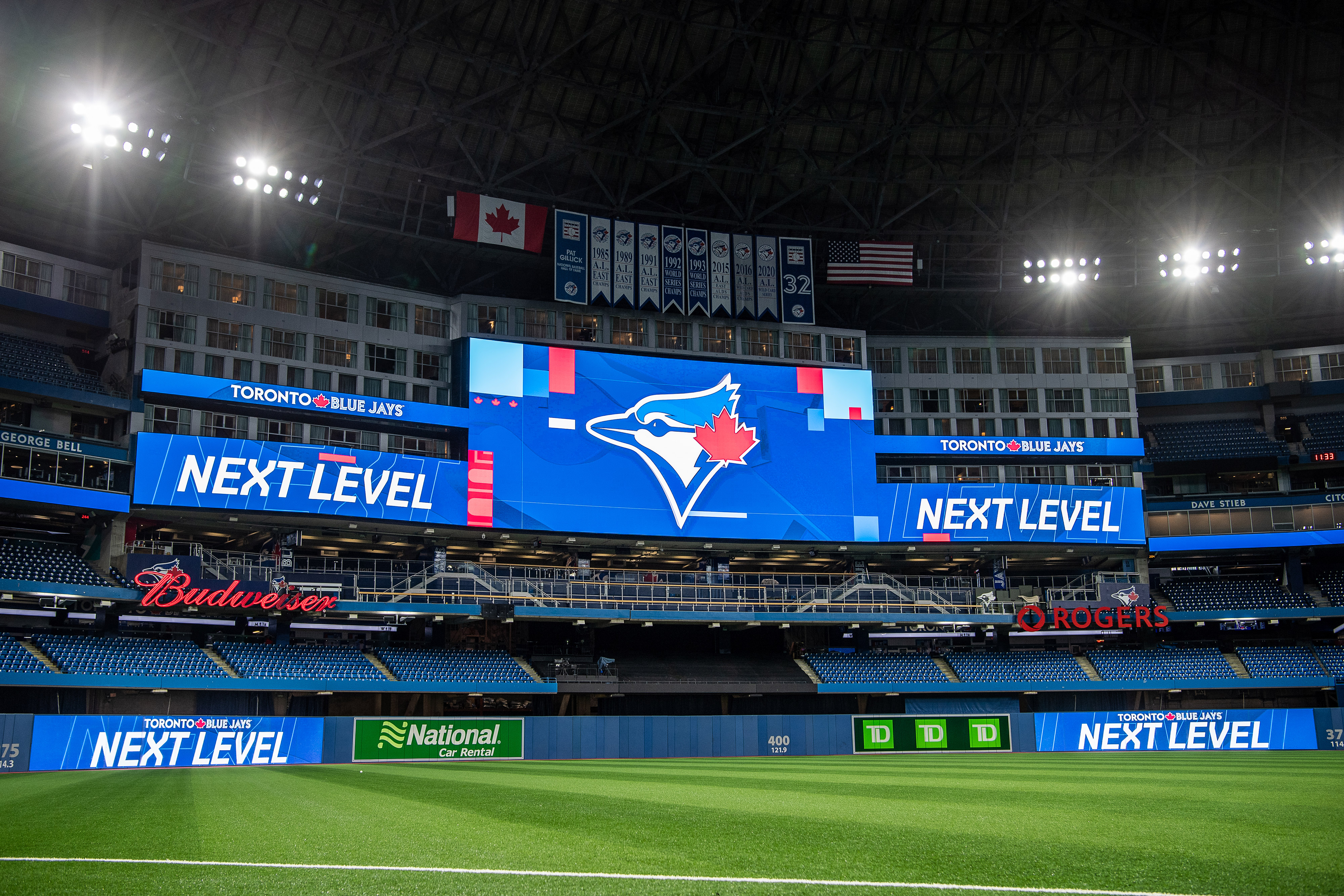
The Toronto Blue Jays added an HDR-capable main video display in time for the 2022 season with unique wing displays. The installation totals 14,000+ square feet of LED technology to the Rogers Centre as part of the project.
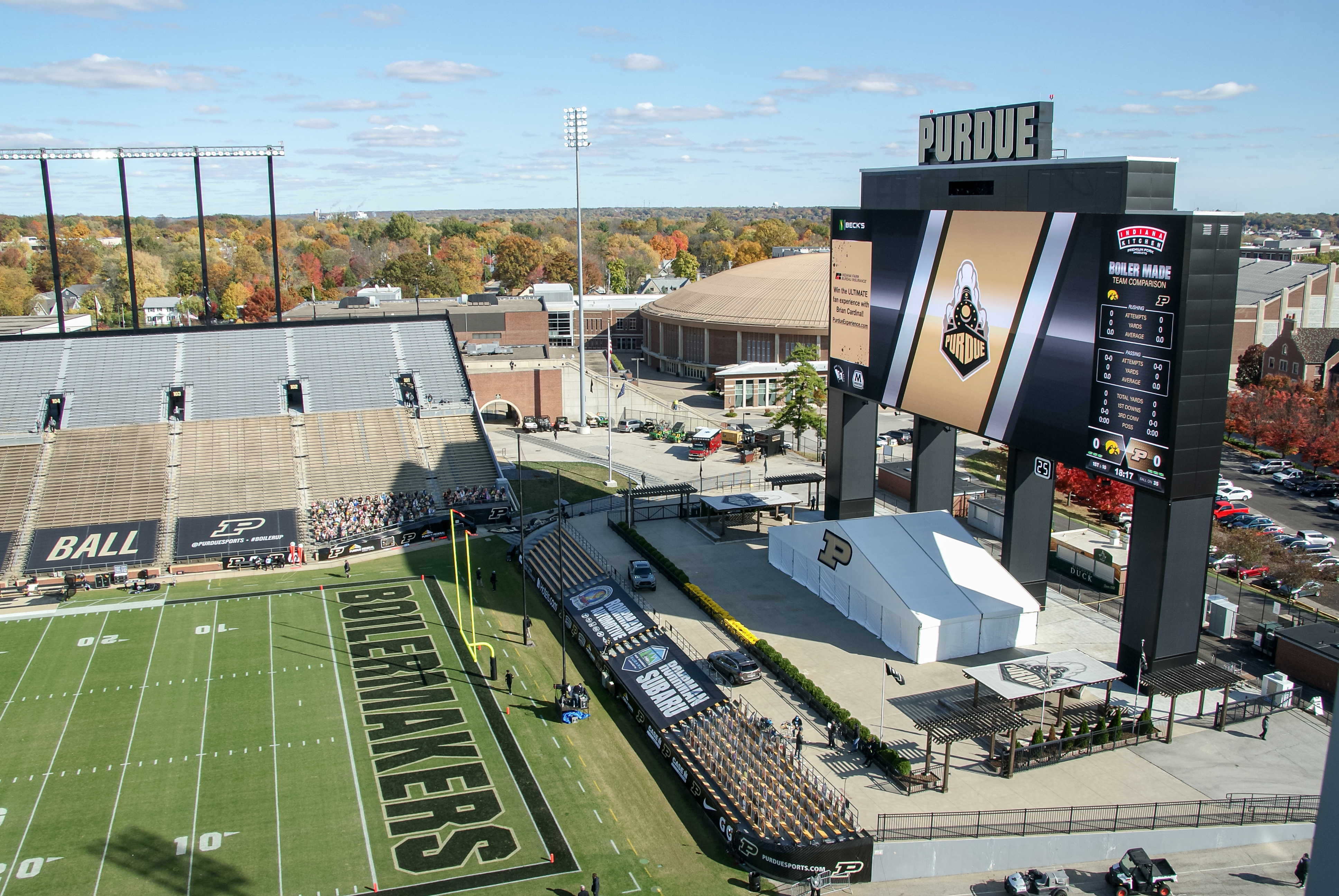
And HDR-capablility isn’t just a technology trend in professional sports, but also in college venues. In 2020, Purdue University’s Ross-Ade Stadium became one of the first with HDR-capable displays. Since then, the University of Alabama, University of Maryland and BYU have also added HDR displays to their football stadiums.

Daktronics has been pioneering the way with HDR in the live event space for the past several years. Our engineering team has worked hard to develop ways to bring this new color space, originally intended for broadcast production, to LED venues creating a seamless appearance on all displays throughout the venue.
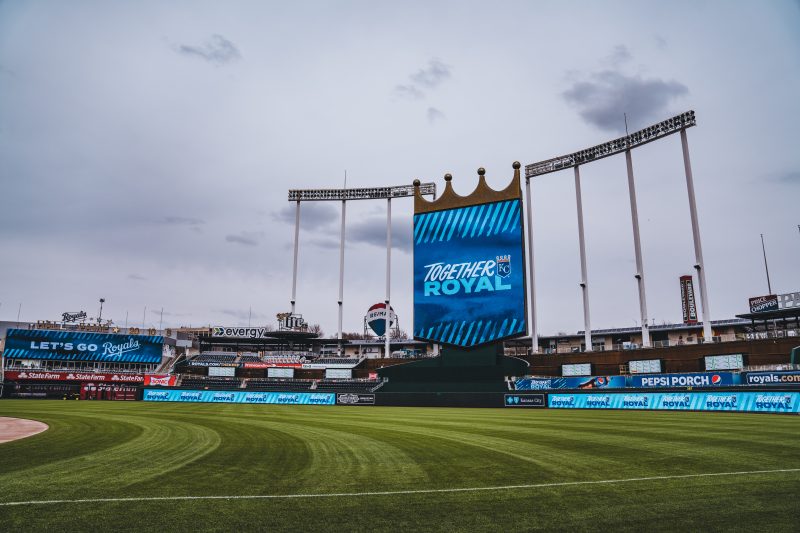
Customers wishing to take advantage of HDR content today, or those wanting to future-proof their systems, can do so knowing Daktronics is prepared to support them. Go with the experts!
Want more information on HDR?
Check out the White Paper & Learning Center.
Listen to podcast episode 38 – The Difference between 4K and HDR.
